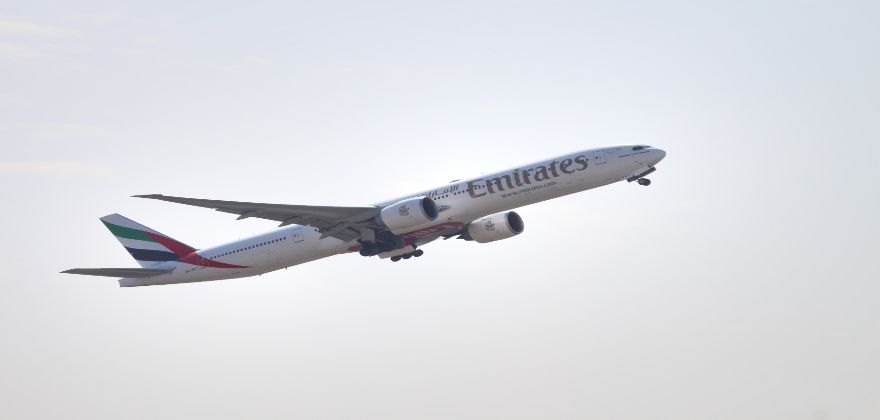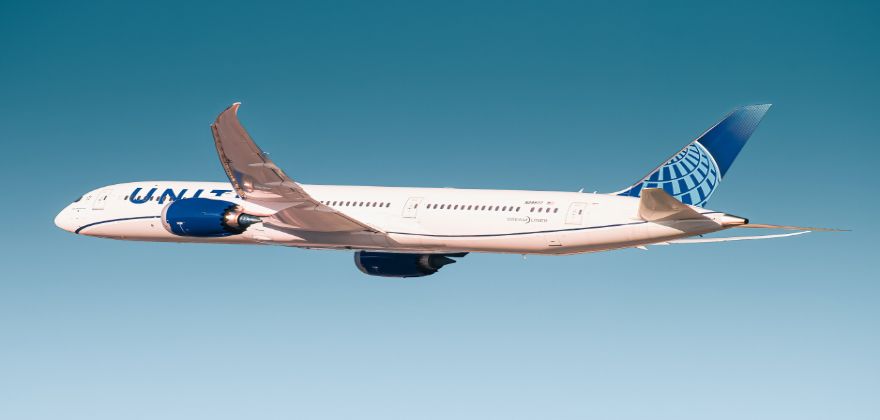Boeing 777 Vs 787: What Makes The Difference?

The 777 and 787 are two of Boeing’s most recognizable commercial aircraft series. When the words “777” or “787” are mentioned, the majority of people immediately think of the American aerospace manufacturing company. Because of the 777 and 787 series, Boeing has gained international recognition.
Many in the aviation industry have started to wonder which is better since the introduction of the 777 and later the 787. What makes them different from one another? The passenger capacity, variants, operational range, size, age, and other elements are taken into consideration.
The Boeing 777
The jet age was in full force in the 1970s. The widebody jet era began in the 1970s as well. Following the DC-10 and L-1011 TriStar, the 747 was unveiled in 1969.
A widebody aircraft that could compete on the medium- to long-haul routes that the L-1011 and DC-10 were flying but that the 747SP couldn’t quite operate to was what Boeing was after.
As a result, Boeing started coming up with a trijet that would compete with the two other widebody trijets. Originally intended to be a trijet as well, the 777 was redesigned as a twin jet in the 1980s when ETOPS regulations were relaxed.
After being redesigned, the 777 was introduced just as the DC-10 and L-1011 were getting ready to be retired. Airlines were searching for a replacement as a result, and they discovered it in the 777 and/or the MD-11.
It was revealed that United Airlines would be the 777-200’s launch customer after the plane attracted interest from numerous airlines. United received the first 777 in June 1995.
The 777 has since undergone numerous lengthening and development phases. Boeing has primarily lengthened the aircraft, as seen in the transformation between the 777-200 and 777-300, or added new engines, as seen in the transformation between the 777-200 and 777-200LR.
The Boeing 787
For many businesses, and the airline sector, in particular, the late 1990s was a lean period. As a result, orders for the 767 and 747-400 started to decline because running them was simply too expensive.
As a result, Boeing started to think about a new 747 and 767 replacement. They developed two replacements: the Sonic Cruiser, a brand-new supersonic aircraft, and the 747X, a lengthened 747-400.
While many airlines were interested in the Sonic Cruiser, there wasn’t much demand for a lengthened 747. 9/11, however, then took place. This rocked the airline business to its foundation and temporarily discouraged many people from flying.
This led the majority of airlines to reevaluate the Sonic Cruiser. Airlines informed Boeing that they were more interested in economics than they were in increasing speed.
In order to achieve subsonic flight and a more traditional design, Boeing completely redesigned the Sonic Cruiser. It was the most fuel-efficient aircraft ever created when Boeing made these plans available to airlines!
As a result, the 787 attracted the interest of many airlines. It was soon revealed that ANA would be the 787’s launch customer. In October 2011, the 787 made its debut with ANA. The 787-9 and 787-10 are two additional 787 variations that were created.

Comparison
Passenger Capacity
Because the Boeing 777 series is typically bigger than the 787, it can accommodate more passengers. Comparing it to the 777-200 series, the 787-10 has a larger capacity. In a typical two-class configuration, it is 66 passengers short of the bigger 777-300 models. Unsurprisingly, each airline has a different exact capacity.
Operational Range
A little more complexity exists in this factor. The 777-200 and -300 models are less mobile than the 787-10. It lags behind the extended-range and special long-range 777 variants from Boeing, though.
The US manufacturer has yet to produce such versions of the 787, despite the fact that it already has exceptional long-range capabilities, unlike Airbus with its A350-900ULR.
List Price
The list price of the Boeing 787-10 is $338.4 million, according to Simple Flying’s report from January 2021. The 777-300ER is listed for $375.5 million. Therefore, airlines must decide if the added $37.1 million is worth the increased capacity and range in this case. This needs to be weighed against the 787’s increased efficiency, which we will discuss in more detail shortly.
Variants
To begin with, there are more variations in the 777 series than in the 787 series. Boeing offers the 777-200, 777-200ER, 777-200LR, 777-300, and the 777-300ER in the 777 series. Boeing offers the 777-200, 787-9, and 787-10 in the 787 series.
According to the variant, the specifications change. Nevertheless, the 777 Series offers more options than the 787 series.
Size
The size of the 777 and 787 series is another distinction. Overwhelmingly, 777 variants are longer than 787 variants. Compared to the largest 787 variant, the largest 777 variant is only 186 feet long.
Both the 777 and 787 series feature relatively long narrow-body aircraft, but the former’s are frequently longer than the latter.
Age
In contrast to the 787 series, the 777 series is older, as you might have guessed. Since 1993, Boeing has been building 777 aircraft. The 777 was introduced to the commercial aviation industry by United Airlines in 1994.
The first official 787 flight took place in 2009, but Boeing didn’t start manufacturing these aircraft until 2007.
Naturally, the 777 is replaced by the 787. It is the most recent line of aircraft from Boeing. Although Boeing continues to build the 777, it has since shifted many of its resources to the creation of the 787.
Efficiency
The 787 series outperforms the 777 in terms of efficiency. 787 airplanes consume less fuel than 777 airplanes, making them an attractive choice among commercial airlines. It costs a lot to run a jet.
A gallon can cost more than $5, depending on the quality and other variables.
Furthermore, filling the tank can be quite expensive given that many airplanes have fuel capacities of over 40,000 gallons.
Thankfully, purchasing 787 aircraft will allow commercial airlines to reduce their fuel expenses. It uses an engine and fuselage configuration that are more efficient, which results in lower fuel consumption and cost savings.
Final Thoughts
The 787 would likely provide a more comfortable ride for the majority of passengers overall. Modernized technology and general cabin improvements are a great addition.
The additional room in the World Traveller cabin is a good option, though, if you are traveling on a route with an older Boeing 777-200ER.



